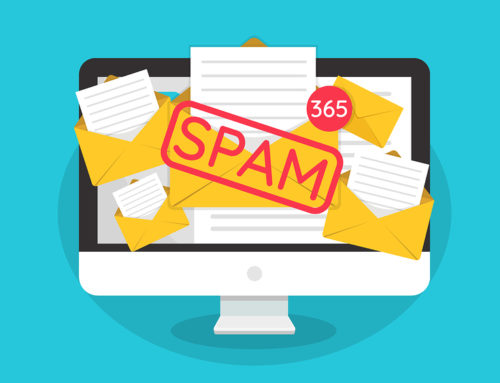
Today Tony Martignetti joins us to talk about marketing your bequests program. ~ Kristina
Guest Post by Tony Martignetti
Many nonprofit communicators shy away from spending much time marketing Planned Giving at their organizations.
But here’s the thing: your donors won’t think to include your organization in their wills unless you ask them.
So ask.
And it turns out that promoting Planned Giving doesn’t hurt your relationships with donors who give through annual appeals.
So ask.
In fact, many nonprofits that promote and discuss Planned Giving with their donors report higher giving around their annual and major gift appeals. I’ve seen it time after time.
So ask. And be multichannel about it.
That means using a variety of mediums — your website, direct mail, email, social media, and multimedia — to market your Planned Giving program.
Here’s some quick advice on how to communicate about Planned Giving across a number of channels.
Online
If your nonprofit has a Planned Giving program, have a page on your website that explains how donors can help your nonprofit achieve financial stability and sustainability by making legacy gifts – and shows them how easy it is to include your nonprofit in their will.
I also recommend your website:
- Include a web-appropriate paragraph or two that speaks to the value and impact of a long-term gift to your organization
- Feature a pull quote from a bequest donor — or from your CEO or executive director if your program is new
- Offer a sample bequest
- Encourage folks to share the sample bequest with their attorney
- Provide information about who to contact for more information. Very few people will call, but it’s helpful to provide an email address and phone number where potential donors (and attorneys) can reach out to start a conversation and ask questions.
Here’s one important thing to avoid: Planned Giving calculators. While it might seem like a great way to engage potential donors, a calculator is actually a barrier, since it suggests that Planned Giving is complicated. When you’re promoting bequests, you don’t need calculators!
Direct Mail and Email
Supplement your website content with direct mail appeals devoted to Planned Giving.
If your budget permits direct mail letters, you can bolster that effort by including some targeted email appeals about Planned Giving.
In every case, your goal is to start a long-term conversation, so make your marketing materials warm, factual, sincere, and straightforward.
These are long-term asks that likely won’t pay off for years. As a result, it’s important to be consistent and reinforce the message regularly with the idea that some of your donors will keep you in mind when the time is right.
You want them to take your appeal to their lawyer’s office the next time they need to change their will. That’s a home run!
Event Remarks
Your executive director or director of development can weave three to four sentences about Planned Giving into their remarks at donor gatherings, awards dinners, and other events. These talking points don’t have to take up much time — I recommend about one minute of remarks — but they plant the seed in the minds of those in the audience.
Event Programs
It’s easy to develop a short, boilerplate advertisement or sidebar that you can include in all of your event programs. In addition to some short text about your Planned Giving program, include your nonprofit’s legal name, address, and tax ID number. You’ll be surprised how many people will save the program — or even tear out the announcement.
Annual Reports
Whether print or digital, your annual report is the perfect place to list all your Planned Giving donors and encourage readers to consider their own planned gifts. Before listing anyone’s name, be sure you have their permission.
Annual Giving Direct Appeals
You don’t have to limit your Planned Giving marketing to standalone appeals. You can develop a 1/3-page postcard or insert that includes a reminder about how to make a planned gift. Remember to include your nonprofit’s legal name, address, and tax ID number for easy reference.
Email signatures and business cards
Some nonprofits include a short line about Planned Giving and a link to more information in their email signature lines or on business cards.
Tony Martignetti is founder of Planned Giving Accelerator, which trains nonprofits on how to create and build successful Planned Giving programs. A former lawyer, he is also the host of Tony Martignetti Nonprofit Radio.






